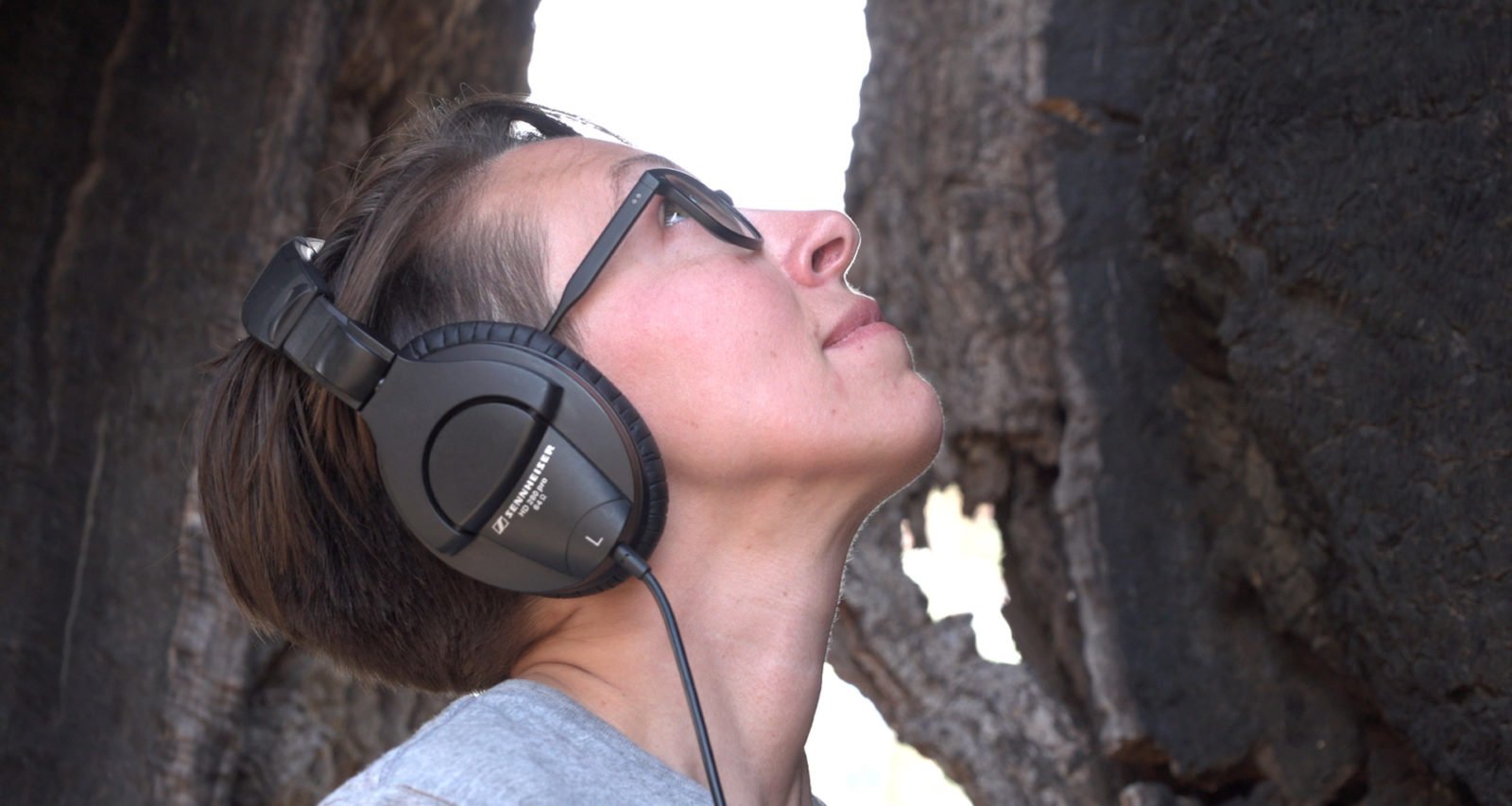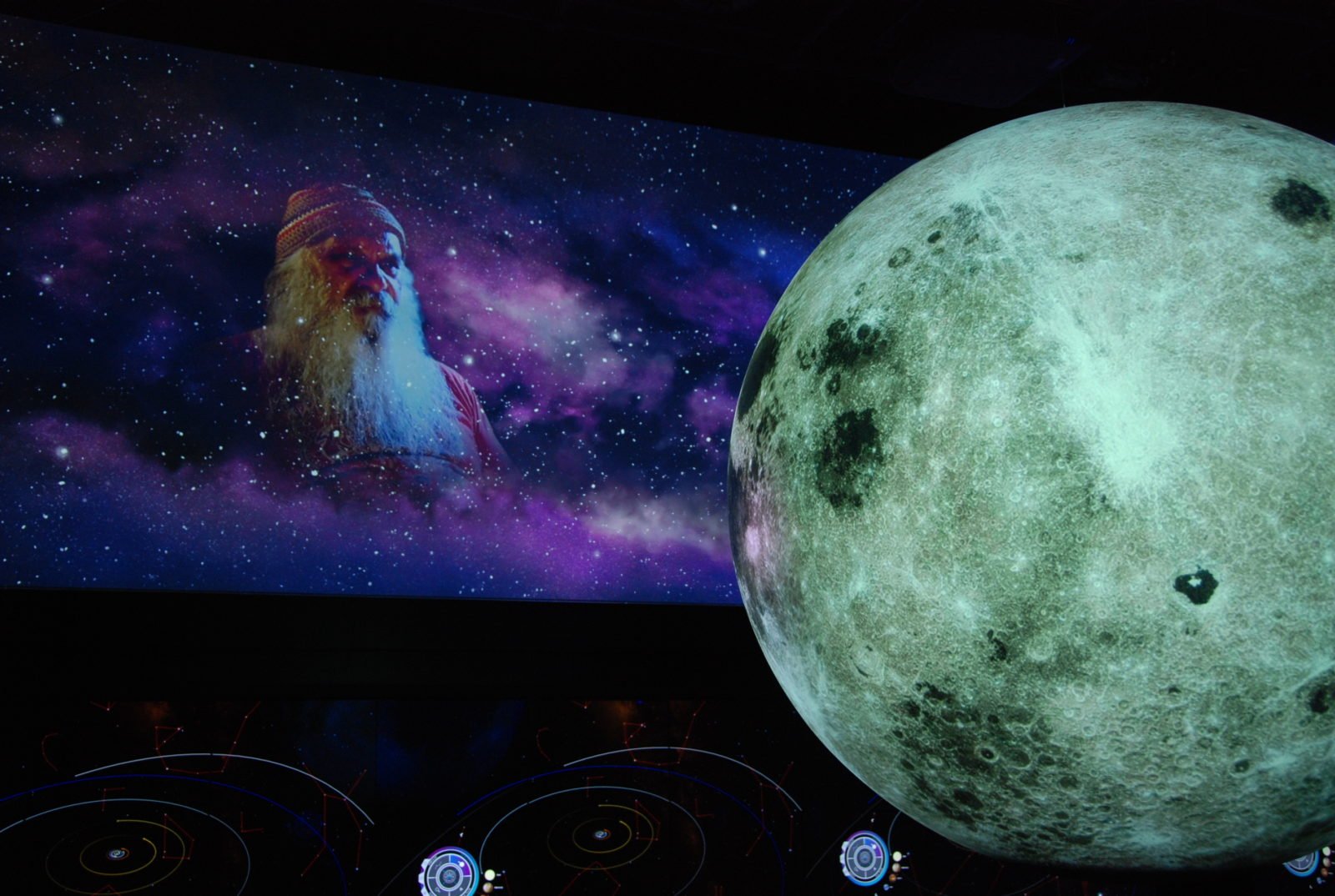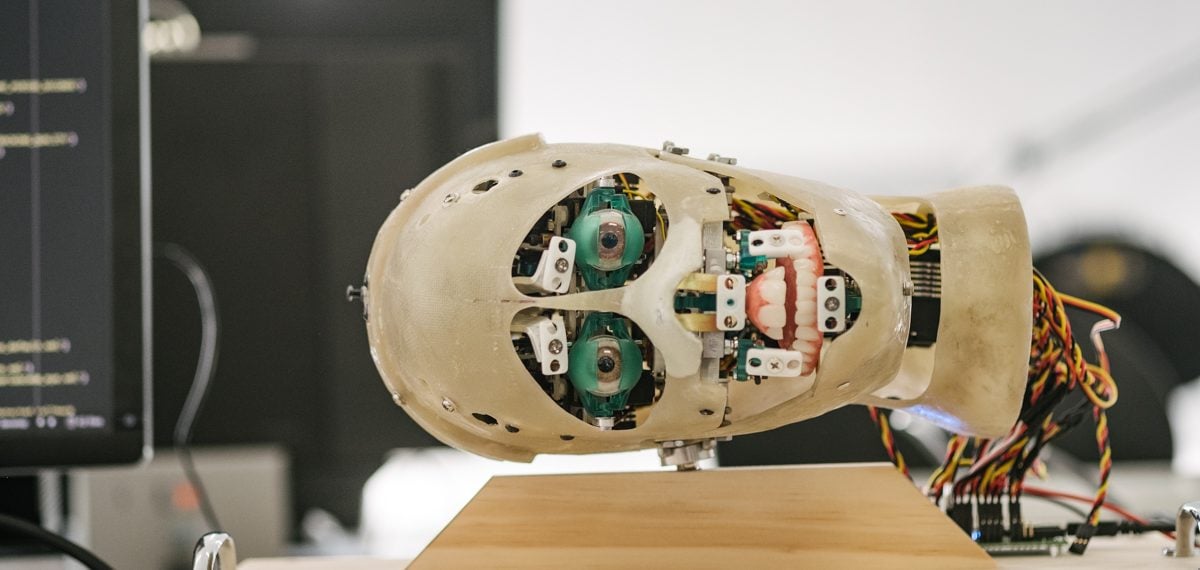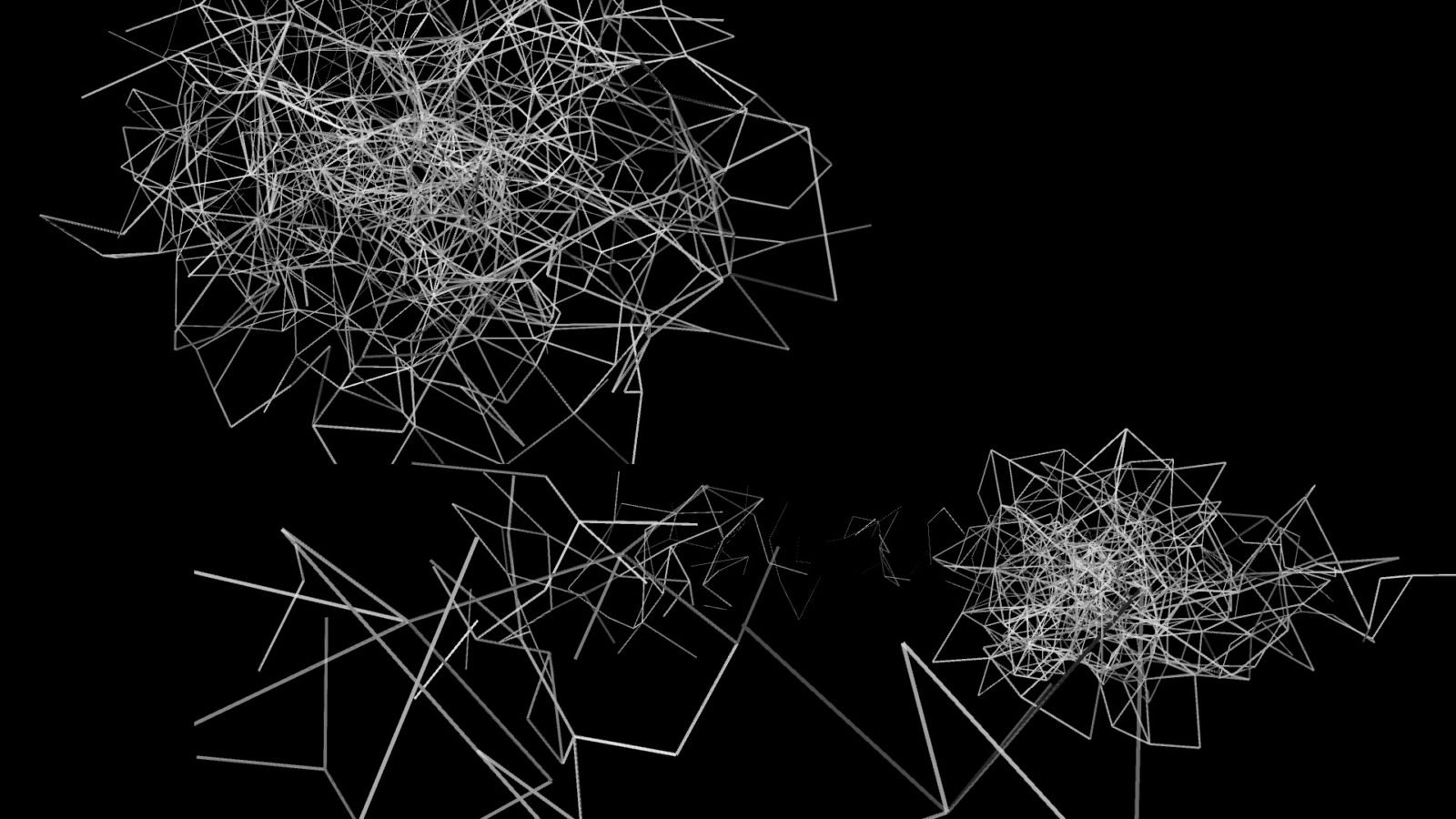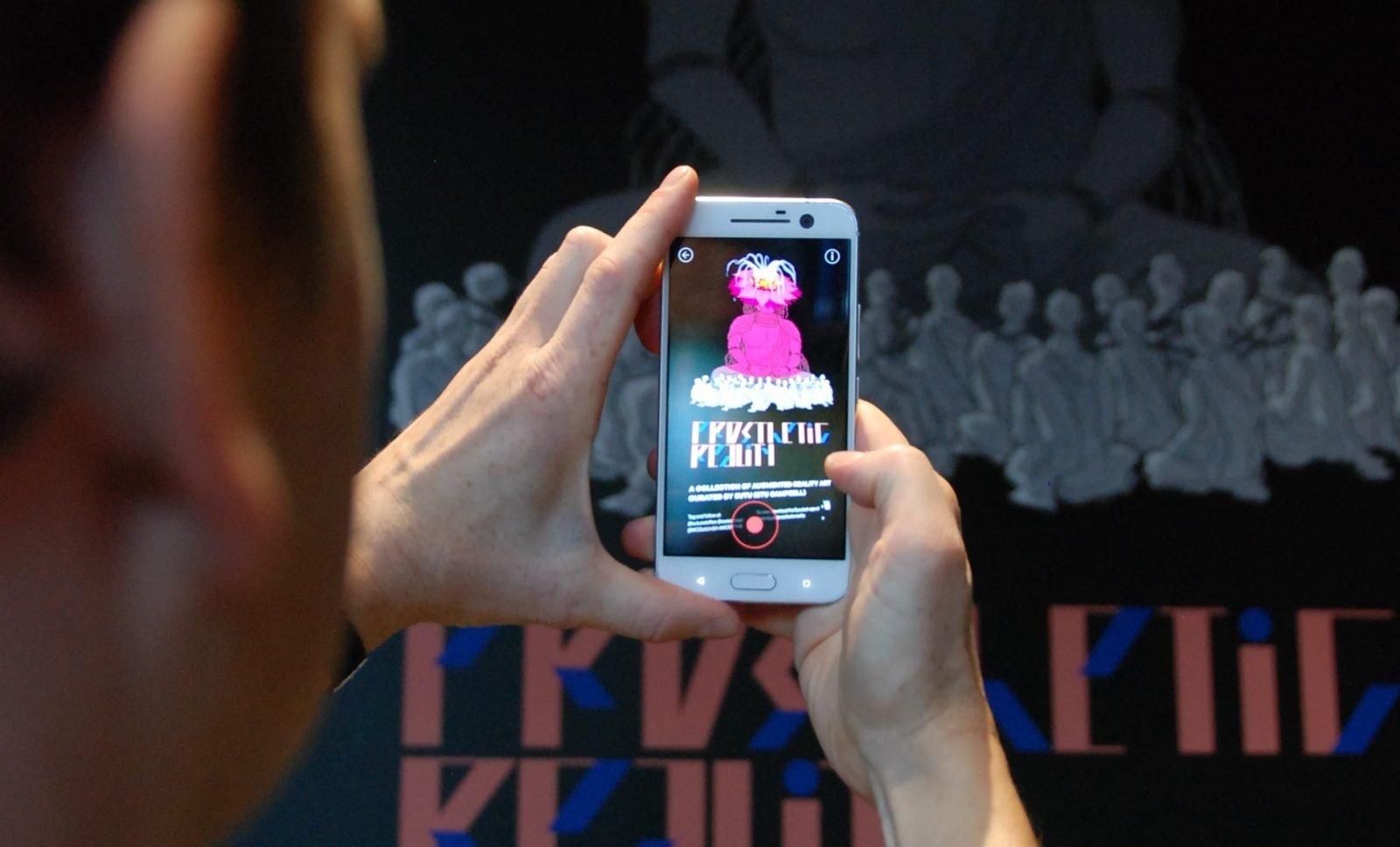Interested in the science of pain?

Exhibit Details
Open MayNov 2018
Level 1The Arcade
Welcome to a dark, sensory world where stories of pain come to life…
Feeling Human is an immersive, multi-sensory exhibit that invites you to consider – and experience first hand – how the body and mind work together to make us feel pain.
A collaboration between MOD. and Professor Lorimer Moseley and Dr Tasha Stanton from the University of South Australia, Feeling Human is a place where stories of pain are told, provoked, stimulated, simulated, and made three dimensional.
The exhibit uses different technologies to give you a series of experiences, each providing a ‘window’ into pain research.
Warning: This exhibit explores perceptions of pain and may cause discomfort for some people. Parental guidance is recommended. An element of the exhibit emits an electric shock which may interfere with implanted electrical devices such as pacemakers, all types of defibrillators, deep brain or spinal cord stimulators. This exhibit also uses lighting effects that may trigger a photosensitive reaction.

How do the body and mind work together to make us feel pain?
Pain is a complex experience involving biological, psychological and social influences. Factors like expectation, belief, anxiety and attention can greatly impact how much pain is felt.
For example, focusing your attention on pain can actually make it worse sometimes. Even attending too hard to some bodily sensations can actually make them painful. Conversely, distraction, and directing your attention towards something else can be very good at reducing pain.
Anxiety and fear can also increase your level of pain. If an experience (for example, having an injection) is framed in ways that are non-threatening, such as “mild discomfort”, your limbic system (important in emotion processing) can actually reduce the amount of pain experienced. On the other hand, if your brain is receiving sights and sounds that suggest you’re in danger, your pain will be heightened. This response to pain is actually highly sophisticated and very clever. It has evolved over millions of years to keep you safe!
The placebo effect is one of the best ways to show how belief and expectation can influence pain. People experience pain relief after taking medication they believe to be an analgesic, but is really just a sugar pill. The reduction in pain is due only to their belief and expectation that the pill will reduce their pain – and not the action of the pill itself.
The same is true for the nocebo effect – people can experience pain and other feelings due only to their belief and expectation that they will feel pain. Did you know that people receiving placebo pills report the same negative side effects that those receiving the real pills report?
Special thanks: We are thrilled to be showcasing the innovative technology of Voxon Photonics’ VX1 in this exhibit, and would like to thank Voxon for their generous services and support.
Discover more
Watch
Listen
Read
Find this exhibit at the UniSA Library
Credits
- Professor Lorimer Moseley Research
- Dr Tasha Stanton Research
- Exhibition Studios Gallery design and build
- Voxon Photonics 3D programming
- MOD. Film and Audio/ Project Management



